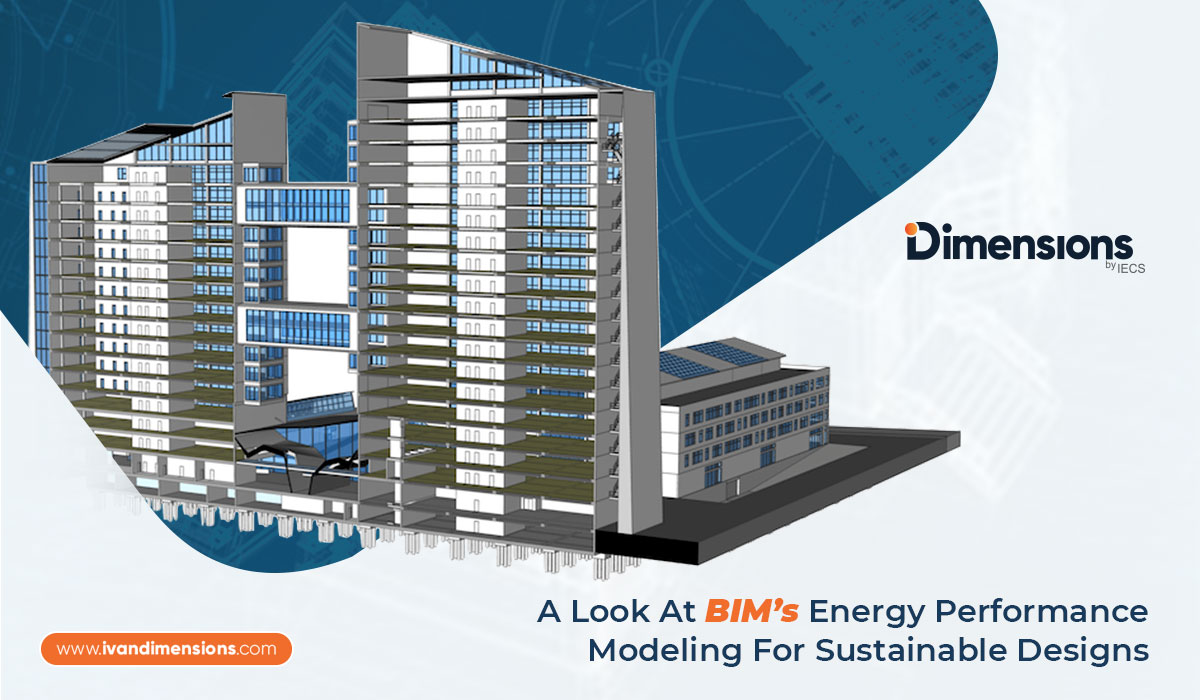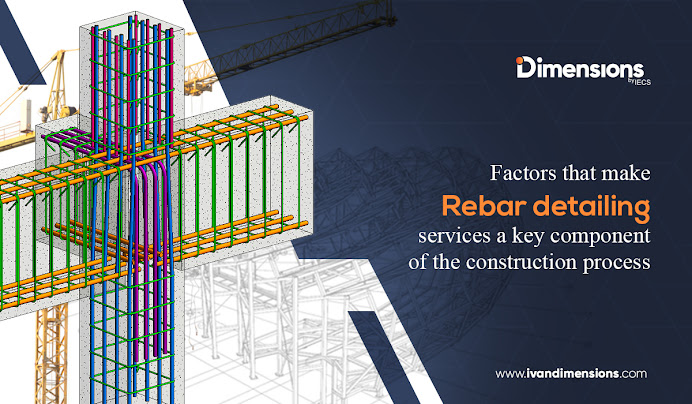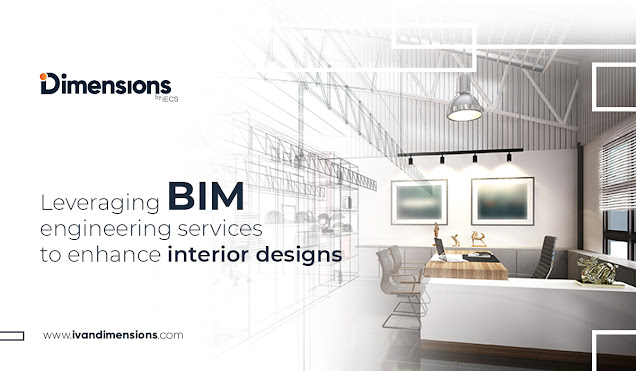A Look At BIM’s Energy Performance Modeling For Sustainable Designs
There is a prevailing movement towards energy-efficient and renewable construction processes that is being propelled by emerging technologies, turning these goals into a reality.
BIM technology offered by leading BIM service providers is the major force behind enhancing energy efficiency in construction. The technology empowers construction managers to every phase of the construction process, ultimately optimizing processes and reduces the carbon footprint.
Sustainable design centers on a few main aims:
It has the objective of decreasing the consumption of essential resources such as, land, energy, water and further raw materials
Decrease the deterioration of the environmental caused by buildings all through their lifespan
Build and manage buildings that are ecological, risk-free for people and ergonomic
Decrease waste footprint generated from various sources, whether demolition related, occupant related or construction related.
Energy Performance Modeling For Designing New Buildings
Choice of building materials, mechanical systems, electrical controls systems and building architecture are the agents that hugely affect the energy efficiency of a building. Leading BIM service providers offer a digital avatar to provide assessment and simulation of energy performance from the design phase right through to maintenance. This enables architects and construction firms in comprehending the life cycle indications of components to be used. This allows them to create sustainable, energy efficient buildings.
BIM providers can offer you architectural BIM services, plumbing BIM modeling services along with Energy Performance Modeling and more.
Energy Performance Modeling For Retrofitting Existing Buildings
Existing buildings take into account a major slice of the built world. For this reason, it is vital to implement energy efficient retrofits to decrease the energy consumption. It serves to reduce the expenditure incurred on lighting, heating and cooling buildings. Using vital information data points collated from BIM tools can drastically enhance predictability.
Energy Performance Modeling can be leveraged in this regard, together with structural 3D modeling services, architectural BIM services and so on.
New Approaches In The Energy Performance Modeling Realm
The new strategies as put forward by several notables in academia is to draw insights from a compilation of thermal and digital images in accordance with environmental calculations to generate for existing building a 3D thermal model. The model is then measured and then actual thermal resistance is calculated at the level of 3-dimensional vertices. The measurements are mapped against a layout which auto updates related resistances. Ultimately this allows for a more precise energy modeling of an existing building.
Leveraging energy performance modeling is all set to be a go-to use case for designing new buildings and particularly retrofitting existing buildings in the coming years. You can partner with leading BIM service provider to design and manage throughout the lifecycle of your project.



Comments
Post a Comment